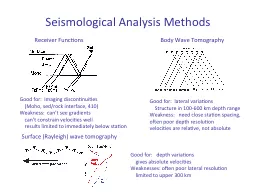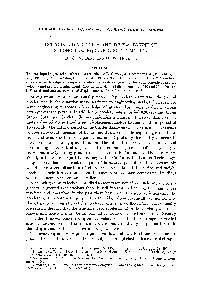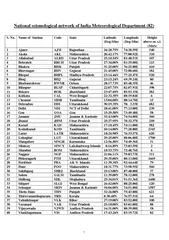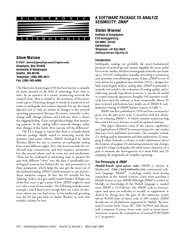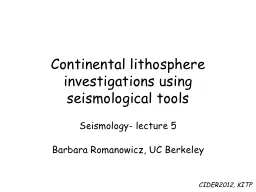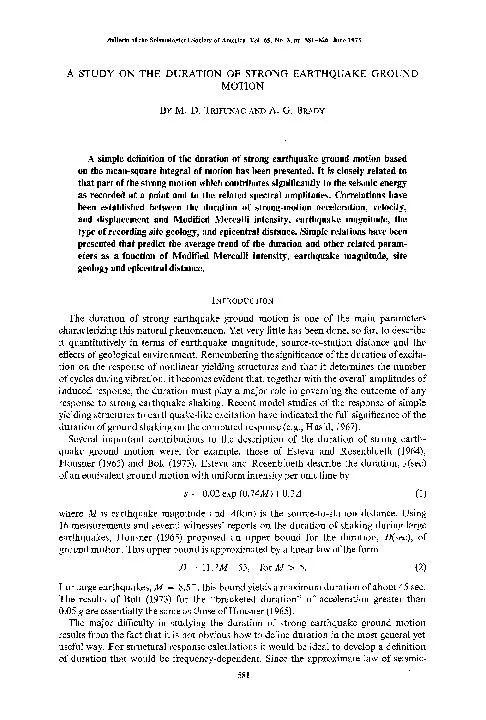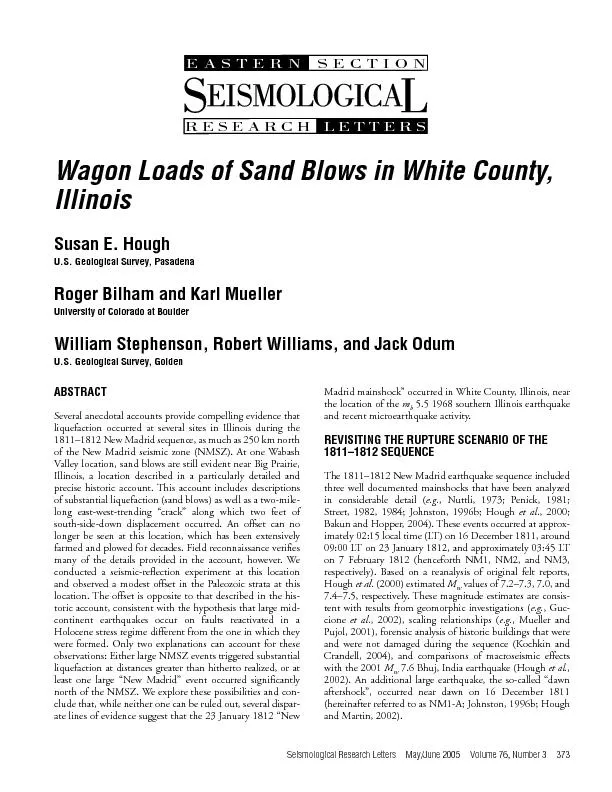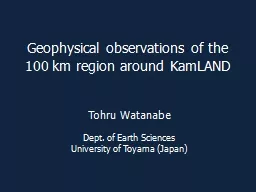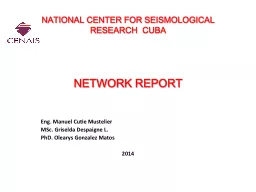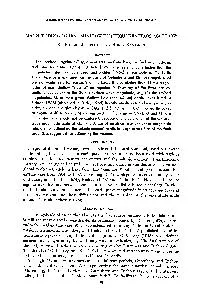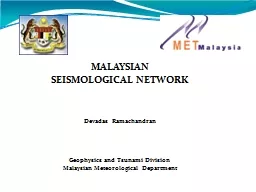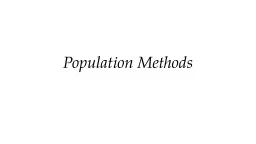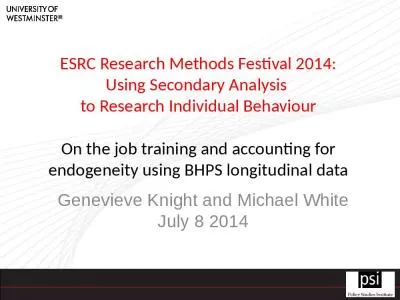PPT-Seismological Analysis Methods
Author : phoebe-click | Published Date : 2016-07-10
Receiver Functions Body Wave Tomography Surface Rayleigh wave tomography Good for Imaging discontinuities Moho sed rock interface 410 Weakness cant see gradients
Presentation Embed Code
Download Presentation
Download Presentation The PPT/PDF document "Seismological Analysis Methods" is the property of its rightful owner. Permission is granted to download and print the materials on this website for personal, non-commercial use only, and to display it on your personal computer provided you do not modify the materials and that you retain all copyright notices contained in the materials. By downloading content from our website, you accept the terms of this agreement.
Seismological Analysis Methods: Transcript
Receiver Functions Body Wave Tomography Surface Rayleigh wave tomography Good for Imaging discontinuities Moho sed rock interface 410 Weakness cant see gradients cant constrain velocities well. 92 No 5 pp 20472048 June 2002 Source Parameters Observable from the Corner Frequency of Earthquake Spectra by Igor A Beresnev Abstract The Brune 1970 classic theorys suggestion that the source radius be determined from the corner frequency of earthq Vol 51 No 2 pp 175189 April 1961 INTEGRATED VELOCITY AND DISPLACEMENT OF STRONG EARTHQUAKE GROUND MOTION BY G V BERG AND G W HOTJSNEI ABSTRACT The earthquake ground accelerations recorded at E1 Centro 30 December 1934 E1 Centro 18 May 1940 Olympi S. No. Name of Station Code State Latitude (Deg:Min) Longitude (Deg:Min) Height above m. s.l. (Mtrs) 1 Ajmer AJM Rajasthan 26:28.75N 74:38.59E 540 2 Akola AKL Maharashtra 20:42 Seismological Research LettersVolume 72, Number 2March/April 2001375TABLE 1 ToolObjectiveComments and ReferencesHistogramsHistograms of magnitude, depth, time, hour of the dayData ImportData import as Seismology- lecture 5. Barbara Romanowicz, UC Berkeley. CIDER2012, KITP. Seismological tools. Seismic tomography: surface waves, overtones. Volumetric distribution of heterogeneity. “smooth” structure – depth resolution ~50 km. STUDY ON THE DURATION OF STRONG EARTHQUAKE GROUND MOTION BY MI D. TRIFUNAC AND A. G. BRADY simple definition of the duration of strong earthquake ground motion based on the mean-square integral of m 376Seismological Research LettersVolume 76, Number 3May/June 2005 MMI values inferred from felt reports of event NM2 at approximately 08:45 (LT) on 23 January 1812. Symbols are centered on locations KamLAND. Tohru. Watanabe. Dept. of Earth Sciences. University of Toyama (Japan). Today’s Talk. Geophysical observations around . KamLAND. Laboratory data on seismic velocities in rocks around . KamLAND. NETWORK REPORT. . E. ng. Manuel Cutie Mustelier. MSc. Griselda Despaigne L.. PhD. Olearys Gonzalez Matos. 2014. NATIONAL CENTER FOR SEISMOLOGICAL RESEARCH CUBA. Distribution of Seismic Stations. . OF GREAT SHALLOW EARTHQUAKES FROM 1904 TO 1952 ROBERT J. GELLER AND HIROO KANAMORI ABSTRACT "revised magnitudes", M, converted from Gutenberg's unified magnitude, m, and listed by Richter (1958) and Devadas Ramachandran. Geophysics and Tsunami Division. Malaysian Meteorological Department. THAILAND. PHILLIPINES. INDONESIA. MALAYSIA. EURASIAN PLATE. PHILLIPINE PLATE. INDO- AUSTRALIAN PLATE. HISTORY OF . Paul Cairns. paul.cairns@york.ac.uk. Objectives. Purpose of qualitative research. Types of qualitative methods. Coding. Content analysis. 2. What is qualitative research (for)?. 3. Subjective experience. Instead of optimizing a single design point, population methods optimize a collection of . individuals. A large number of individuals prevents algorithm from being stuck in a local minimum. Useful information can be shared between individuals. Using Secondary Analysis . to Research Individual Behaviour. On . the job training and accounting for . endogeneity. using BHPS longitudinal data. Genevieve . Knight and Michael White. July 8 2014. Genevieve Knight .
Download Document
Here is the link to download the presentation.
"Seismological Analysis Methods"The content belongs to its owner. You may download and print it for personal use, without modification, and keep all copyright notices. By downloading, you agree to these terms.
Related Documents

